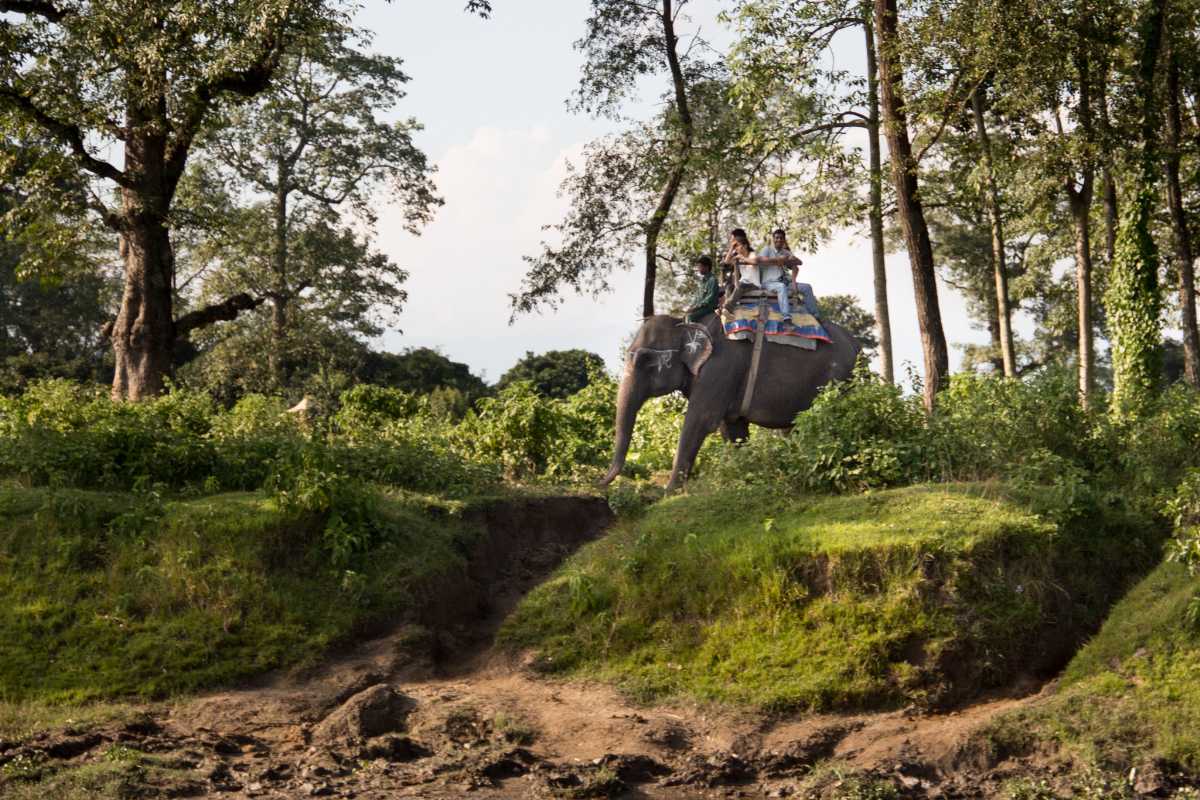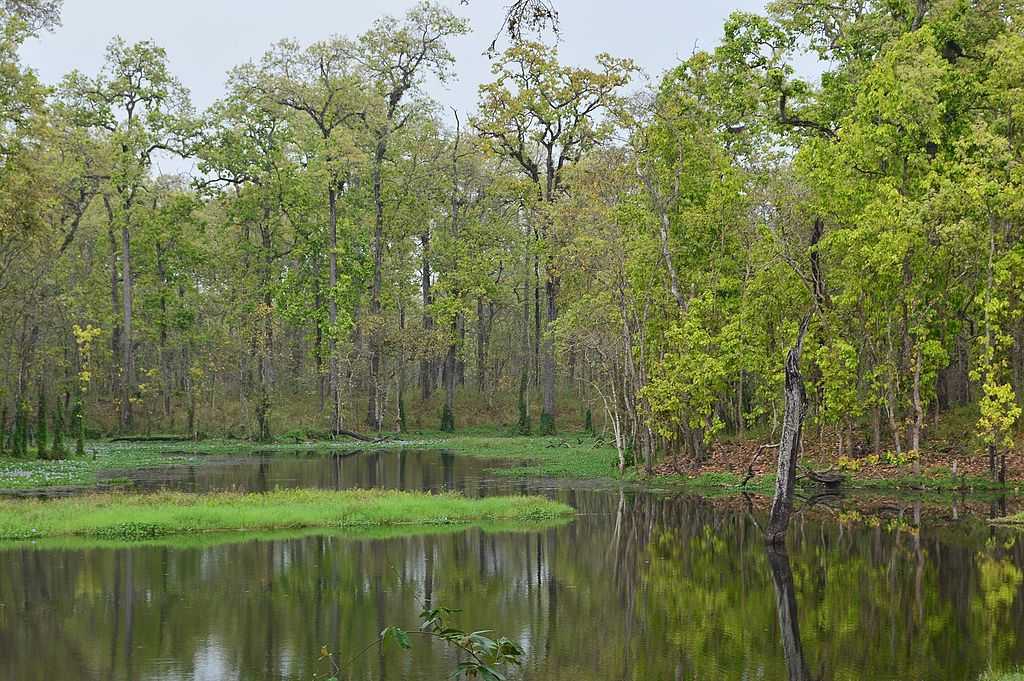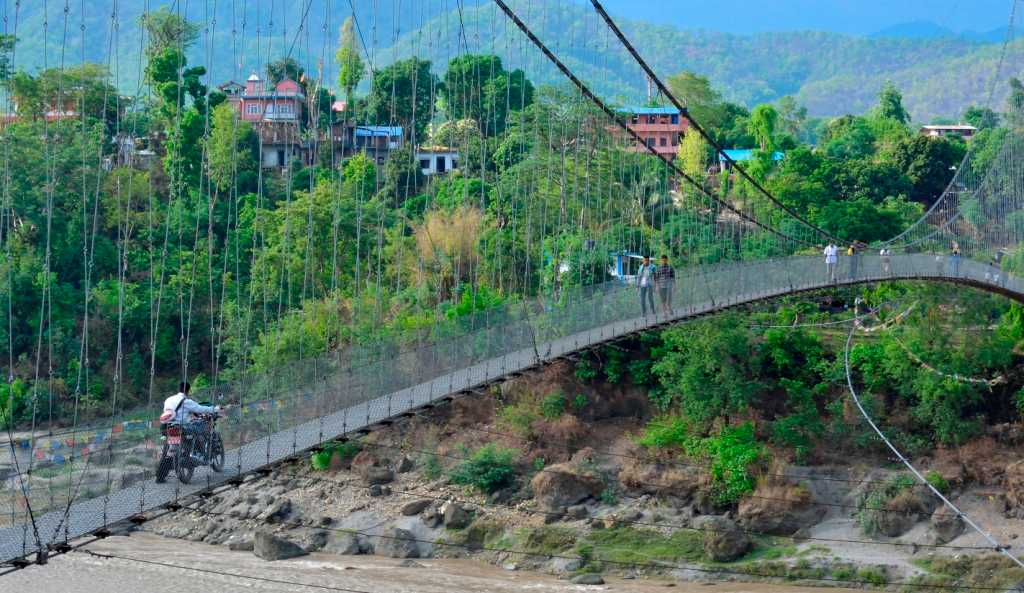Narayangarh, Nepal Overview
Narayangarh is a major transportation and commercial hub in Nepal. This moderately crowded city falls under the bigger umbrella of Bharatpur City and under the administrative jurisdiction of Chitwan district in southern Nepal. Narayangarh, also referred to as Narayanghat, sits with all its buzzing noises and busy crowds and ferrying traffic, right at the bank of Narayani River. The reason why Narayangarh is such a popular part of Bharatpur is its strategic position in term of cross-country traffic. The Narayangarh-Mugling Highway, which is the main driving route via the hills up to Pokhara and the capital Kathmandu, meets the east to west road called Mahendra Highway.
The confluence of these two main arteries is one of the busiest places in Nepal, both for local traffic as well as tourism. The fact that India lies on this side of the country, and any car driving from the Indian border will have to cross the Narayangarh-Bharatpur area to reach the capital is also a driving factor behind its rising popularity. If small riverside towns appeal to you, an overnight stay at Narayangarh will not go in vain at all.
Read More on Narayangarh
Gateway to the Wilderness

Narayngarh is most popularly known as the gateway to the Chitwan National Park. People drive through the city, perhaps they have their meals on the way to one of the best wildlife reserves Nepal has to offer. There is always a chance of spotting deer, rhinos, monkeys, squirrels and lots of birds. If you are lucky, a leopard or a wild elephant might cross your path. The national park offers jeep safari, jungle walking, bird-watching and many other activities.
Canoeing at the Rapti River and Ox-cart riding are some offbeat adventures that one can indulge in here. The fun thing about Narayngarh is, the area itself is urbanised and a depot of passing cars, buses and vehicles. But within an hour or a half drive away, nature opens itself up like the petals of a blooming flower for the wandering souls to explore.
Bish Hazari Taal - 20,000 Lakes

No, there are not 20,000 lakes near Narayangarh for real. However, a few kilometres down south is the Bish Hazari Taal which translates to '20,000 lakes' - a figure of speech. It is called so because the water bodies in this place are divided into numerous small and big ones, which make it look like there are way too many. The lake is a resting ground for a variety of bird species which fly over Nepal while migrating south, and thus a dreamland for enthusiastic birdwatchers.
Bish Hazari Taal also has a lot of crocodiles hiding in the swamps. Located right in the border of the Chitwan National Park, the ecological balance of this place serves to the reptilian, amphibian and avian species of the jungle to a large extent.
Devghat - The Holy Confluence

Source
Staying true to Hindu culture, the confluence of Kali Gandaki River and Trishuli Rivers is considered to be a holy confluence forming the River Narayani, which again is an important tributary of Ganges. A few kilometres drive up northeast from Narayangarh will bring you to this beautiful place. Far from the chock-a-blocks of the city, the confluence paints a very different scenario in the lap of nature.
The village that surrounds the river confluence is called Devghat. The quaint village is reached via a suspension footbridge. Such footbridges are a common occurrence in Himalayan river valley villages, but each one of them has their own unique beauty. After crossing the bridge, the streets of Devghat will take you wandering across temples and local shops. Needless to say, it is not very exuberant.
Tharu - Conservation of the Heritage
The museum houses multiple models, artefacts, weapons, potteries and other articles pertaining to the cultural and ethnic history of the Tharus. There are cultural shows and festivals as well occasionally, where the Tharu people perform and sell their handmade products for the visitors. If you really do care about indigenous ethnicities and tribes of India, then visiting this place will be a good experience. All the proceeds from these programs and the entrance fees go for the maintenance of the museum and for the future development of the tribe.
